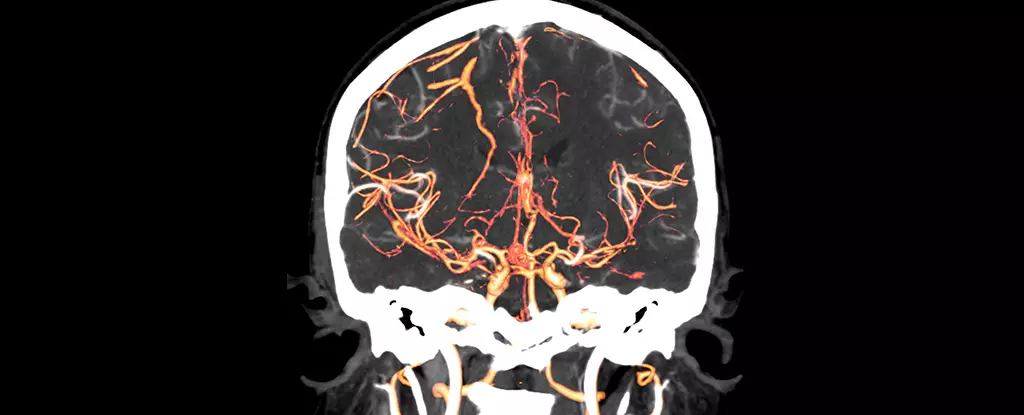Researchers have made strides in identifying potential locations in the brain where schizophrenia first emerges. Through a new analytical technique called ‘epicenter mapping’, a team of scientists studied brain scans of individuals with schizophrenia and compared them to those of healthy controls. The results highlighted abnormalities in two specific brain structures, namely Broca’s area and the frontoinsular cortex, both of which are associated with language and emotional processing. This discovery suggests that while the onset of schizophrenia may vary from person to person, there are common underlying processes that lead to subtle changes in brain structure.
One of the challenges in treating schizophrenia lies in its diverse presentation among individuals. While there are treatment options available, determining which patients will respond positively to them can be difficult. The use of epicenter mapping could potentially help identify individuals who are more likely to benefit from treatments focused on language and communication. This personalized approach based on neural markers could revolutionize the way schizophrenia is diagnosed and treated, ultimately improving outcomes for patients.
Schizophrenia, characterized by impaired thinking and distorted perception of reality, affects a significant portion of the global population. However, the exact causes and mechanisms behind the disorder remain diverse and elusive. Studies have uncovered intriguing associations, such as the link between cat ownership and schizophrenia risk, as well as indications that brain abnormalities associated with schizophrenia can originate during fetal development. Understanding the origins and progression of schizophrenia is crucial for developing effective management strategies and potentially finding a cure.
By utilizing advanced techniques like epicenter mapping, researchers aim to pinpoint the areas of the brain most affected by schizophrenia even before noticeable symptoms manifest. This early intervention approach holds promise in not only improving early diagnosis but also in guiding treatment decisions tailored to each individual’s unique brain structure. The ability to detect subtle changes in the brain through non-invasive and cost-effective means could significantly impact the lives of individuals living with schizophrenia.
The exploration of the origins of schizophrenia within the brain sheds light on the complex nature of this disorder. Through innovative analytical methods and neuroimaging technology, researchers are making significant strides towards understanding the underlying processes that contribute to schizophrenia. The potential for personalized diagnosis and treatment based on neural markers offers hope for more effective management of the disorder and ultimately a brighter future for individuals affected by schizophrenia.


Leave a Reply